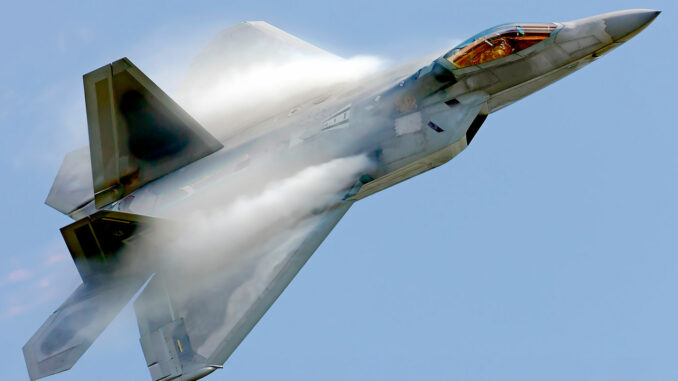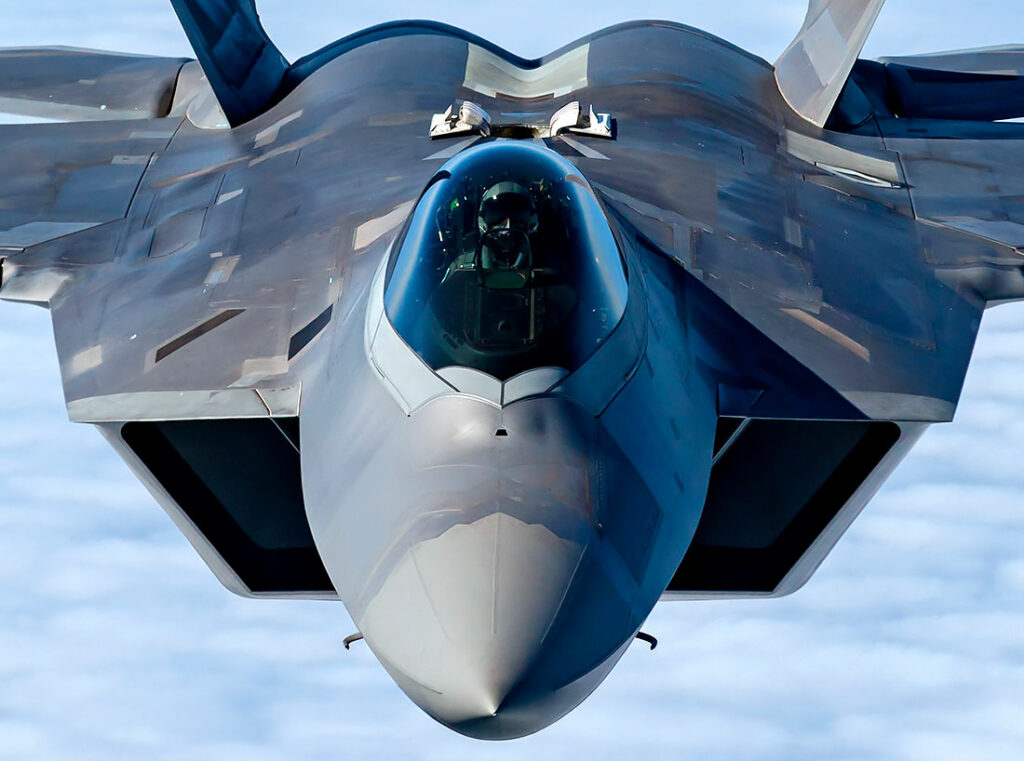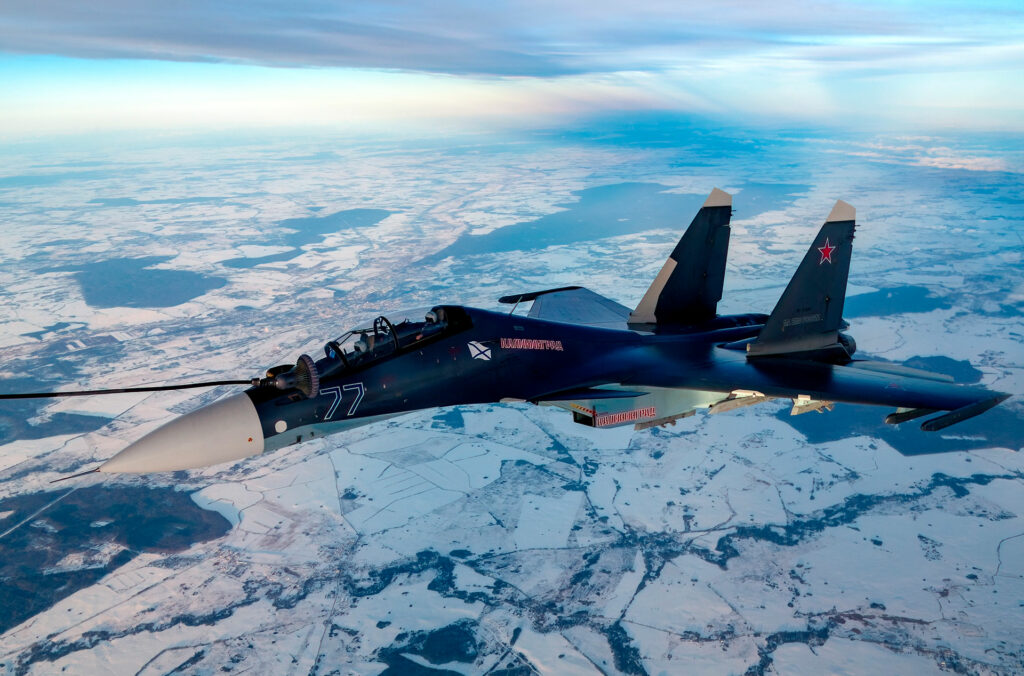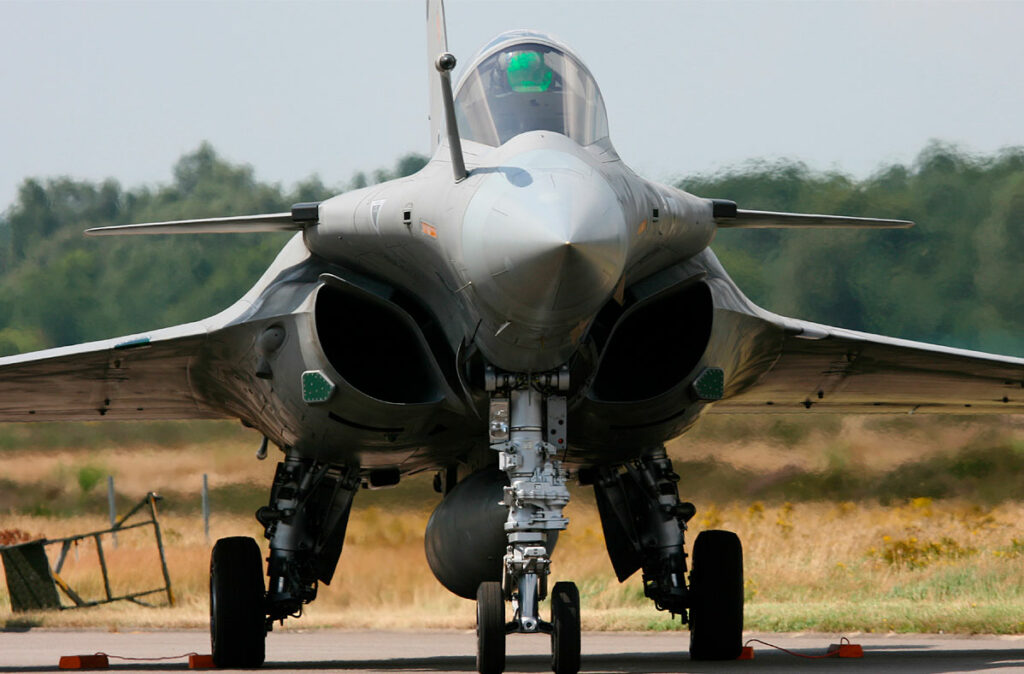
Detailed analysis of infrared and electro-optical sensors integrated into American, Russian, French, and Chinese fighter aircraft.
Infrared and electro-optical sensors have become key elements in the technological superiority of modern fighter aircraft. These systems enable pilots to detect, identify, and track air or ground targets in conditions where radar is limited or ineffective. They offer passive detection capabilities that are difficult to detect and provide constant optical surveillance in the infrared, visible, and sometimes ultraviolet ranges. The integration of these sensors into combat aircraft varies according to the military doctrines and industrial capabilities of different nations.
The United States, Russia, France, and China have developed specific sensors tailored to their platforms. This article examines in detail the equipment integrated into the main fighter aircraft of these four powers, evaluating their performance, operational uses, and integration logic. The systems are analyzed according to their spectral ranges, resolutions, tracking and engagement capabilities, and interfaces with other onboard sensors. The aim is to understand how each country uses these technologies to improve passive detection and situational awareness for its pilots, and to what extent these sensors influence current air combat tactics.

Infrared and electro-optical sensors on US fighter aircraft
Systems integrated into the F-22, F-35 and F-15EX
US fighter jets incorporate several families of electro-optical sensors, the most advanced of which are carried on the Lockheed Martin F-22 Raptor and F-35 Lightning II. The F-35 is equipped with the AN/AAQ-37 Distributed Aperture System (DAS) developed by Northrop Grumman. It comprises six medium-wave infrared (MWIR) cameras covering the entire aircraft environment (360°). It provides missile detection, passive target tracking, night landing assistance, and data fusion with the pilot’s helmet. The system is capable of detecting a ballistic missile launch at a distance of over 1,000 kilometers.
The F-35 also carries the AN/AAQ-40 EOTS (Electro-Optical Targeting System) sensor, integrated under the nose of the aircraft. This system combines a laser designator, a high-resolution infrared camera and a rangefinder, enabling the designation of targets at long ranges. It operates on MWIR bands with an operational range of approximately 50 kilometers for non-stealth air targets.
The F-22 does not have an integrated front-mounted optical sensor as standard, which is a shortcoming compared to the F-35. The new F-15EX, on the other hand, is equipped with Legion Pod, an external sensor based on the IRST21 passive scanning infrared detector. This pod enables the detection of stealth aircraft via their thermal signature.
All these sensors are interfaced with onboard data fusion systems to feed situational awareness. Their use is based on their complementarity with AESA radars, but also on their ability to operate in electronic silence.
Infrared and electro-optical sensors on Russian fighter jets
Technologies on board the Su-30, Su-35, and Su-57
Russian fighter jets have historically been quick to integrate IRST (Infrared Search and Track) systems, particularly with the MiG-29 and Su-27 series. The Su-35S and Su-30SM are equipped with OLS-35 and OLS-30 sensors, located at the front left of the cockpit. These sensors combine an infrared tracking camera, a laser rangefinder, and a target designator. The OLS-35, for example, enables frontal detection of a non-stealth target at approximately 90 kilometers, and lateral detection at 35 kilometers.
The Su-57, a fifth-generation fighter jet, incorporates the 101KS “Atoll” system developed by the UOMZ Institute. This system comprises several sub-assemblies:
- 101KS-V: long-range front IRST sensor.
- 101KS-O: infrared missile detection sensor.
- 101KS-U: UV laser glare detection system.
- 101KS-N: designation sight for precision targeting.
The 101KS system operates in the MWIR and LWIR bands, with performance similar to that of the American DAS. It enables simultaneous multi-target detection, with processing via the Su-57’s integrated IMA BK fusion system.
Russian electro-optical sensors have lower resolution than US systems, but they offer high sensitivity and close interoperability with N036 Belka radars. However, the weight of Russian systems and their often visible integration make them more vulnerable to detection.

Infrared and electro-optical sensors on French fighter jets
Rafale equipment and prospects for the SCAF
The Dassault Rafale is equipped with an integrated electro-optical system developed by Thales: the Front Sector Optronics (FSO). This device is installed between the cockpit and the radar, in line with the nose. It consists of two main channels:
- High-resolution TV channel for daytime identification up to 45 kilometers.
- Long-range IR infrared sensor (3–5 µm) for detecting hot targets up to 100 kilometers in ideal conditions.
The FSO also includes a precision laser rangefinder used for guided strikes. Unlike American systems, the FSO is not fully integrated into a DAS, but interfaces via data fusion with the RBE2 AESA radar. Its performance is limited in heavily cloudy environments or at night without high thermal clearance.
In the coming years, the Future Air Combat System (SCAF) developed with Germany and Spain plans a complete overhaul of the sensors. It should integrate a multispectral passive detection system with spherical coverage, combining infrared, ultraviolet, and electro-optical technologies. The aim is to provide 360° detection, comparable to the F-35’s DAS, but with better network integration and processing via artificial intelligence.
French electro-optical sensors remain effective, but are less automated and distributed than their US equivalents. However, they offer very good reliability and simplified maintenance.

Infrared and electro-optical sensors on Chinese fighter jets
Developments on the J-10C, J-20 and FC-31
China has significantly developed its optical capabilities over the past ten years. The Chengdu J-10C is equipped with an IRST sensor located in front of the canopy, similar in appearance to the Russian OLS-35 system. This sensor offers an estimated frontal range of 50 kilometers for a target with a high thermal signature.
The J-20, a fifth-generation fighter, is equipped with the EOTS-89 system. Located under the nose, it is a multifunction infrared optical sensor that enables passive detection and laser designation. This system is said to be inspired by the DAS and EOTS of the F-35, but its actual effectiveness remains difficult to verify. Analysts estimate partial coverage at 270°, with lower resolution than Western systems.
The FC-31, intended for export and Chinese aircraft carriers, also incorporates a front IRST sensor, coupled with a helmet-mounted sight.
The Chinese industry is focusing heavily on digital integration and miniaturization. Future aircraft could incorporate a network of sensors distributed throughout the airframe, similar to DAS, with processing via artificial intelligence.
However, despite progress, Chinese sensors suffer from a lack of transparency regarding their actual performance and remain dependent on Western advances in thermal image processing and sensor fusion.
War Wings Daily is an independant magazine.